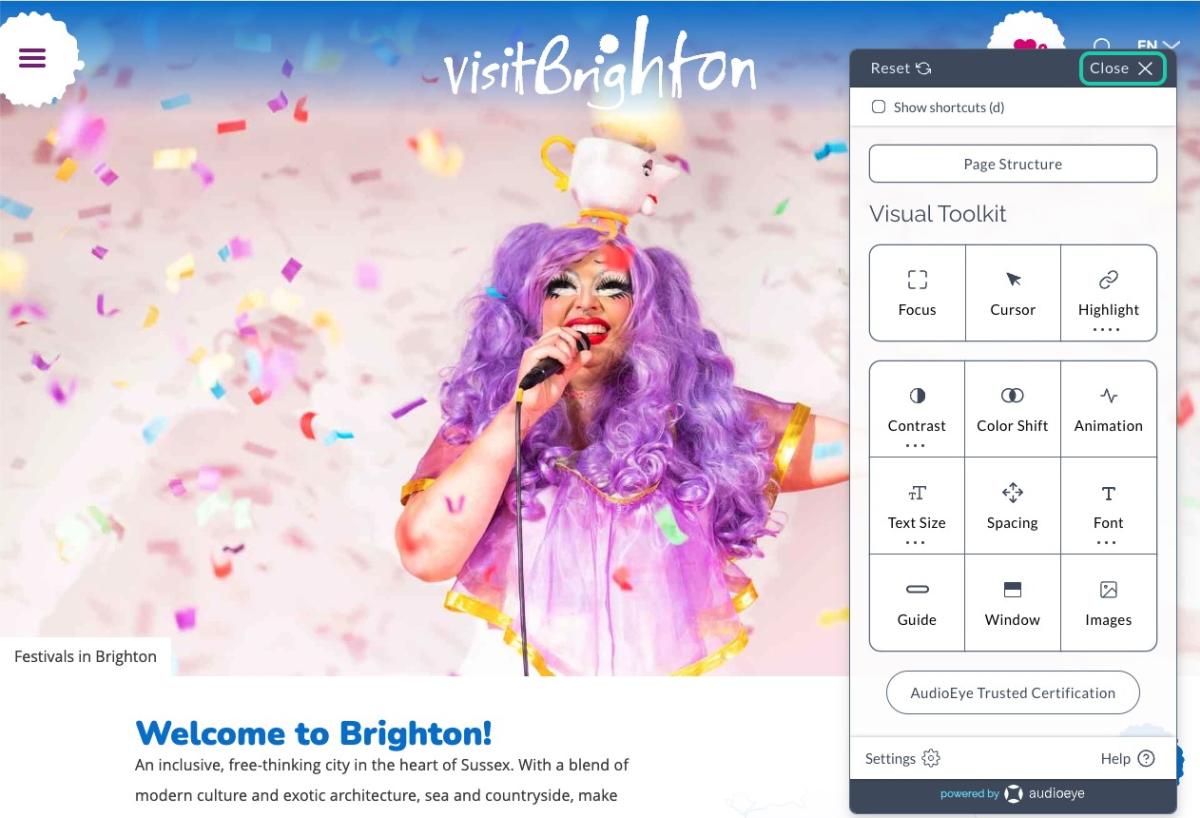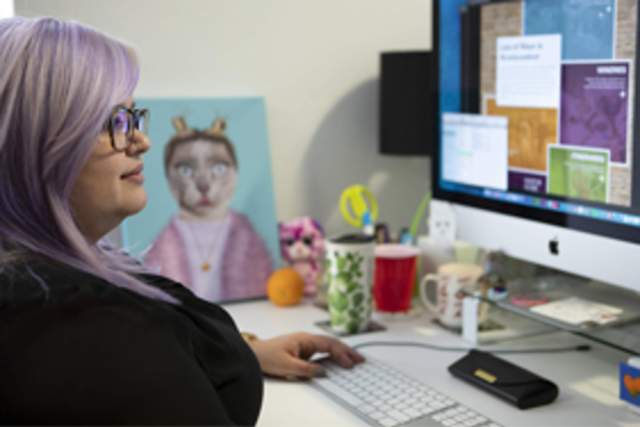For destinations large and small, accessibility is everything. A concept with a wide and comprehensive span, it’s clear now more than ever that accessibility is a mindset, not a checklist. And so — just as no two places in the world are the same — we all now know that there’s no one single way to “do” accessibility. With Global Accessibility Awareness Day coming up on 16th May, it’s time to take a closer look at how destinations are implementing accessibility — particularly accessibility within the digital sphere — to guarantee a positive experience for all of their visitors.
More Than Meets the Eye
In the not too distant past, so much of the conversation around accessibility within the travel sector was centred around the physical. Destinations concerned themselves primarily with ensuring that they could alter or change the fabric of a place to ensure that it could be easily navigated and accessed by those with varying levels of mobility, taking into account differences in physical, visual, and aural abilities. As this update from Visit Britain exemplifies, it’s clear that places are still very much grappling with how they can make themselves accessible to as many travellers as possible. Yet it would also be very true to say that the conversation regarding accessibility within the wider travel industry has not simply moved on, but expanded.
The last few years have seen a kind of blossoming of the idea of accessibility. Taken as a phenomenon, this expansion is perhaps a truer reflection of the needs of the travelling public — especially when it comes to concepts like neurodiversity and the subtle cognitive mechanics of how an individual’s brain perceives and interacts with the wider world. As we’ll see, many destinations are now looking beyond the physical in terms of accessibility and deeper into the digital realm, seeing within that space an opportunity to create an open door for travellers looking to discover an entirely new place.
Empowering Digital Planning
A destination’s website is a portal to the very place it represents. Just as many places are intent on shaping themselves to the diverse needs of their equally diverse visitors, it makes complete sense that this agility is now being reflected in the digital sphere, where a website serves as a proxy to an actual physical destination.
Speaking to a sample of our EMEA clients, it’s clear that digital accessibility is paramount within the build of a destination’s website. Or, as Jon Chamberlain, Head of Marketing at Visit West put it, “Total expenditure generated in England by those with an impairment, or those travelling within a group where a member has an impairment, is now estimated by VisitEngland to be £14.6 billion annually, so [accessibility] not only makes business sense, but it is also simply the right thing to do.”
It’s also clear that the right technology has enabled these clients to enhance the user experience of their websites. With that in mind, Simpleview offers clients the opportunity to implement digital accessibility platform AudioEye into the build of their sites. The end result means that individual users can actively adjust features like font, text, colour, contrast, etc., to their exact accessibility needs.
While it gives visitors tangible control of their website experience, Chris Barnhill, Digital Marketing Officer at Mid & East Antrim points out that the kind of technology provided by Audioeye is essential in keeping Destination Marketing Organisations (DMOs) abreast of accessibility standards, particularly the WCAG standards set by the Web Accessibility Initiative. Commenting on digital accessibility at-large, Chris says, “At Mid & East Antrim we believe that everyone should have equal access to our online content, and that everyone should have the same good user experience.”
At Visit Windsor — a DMO that is striving to be at the forefront of accessibility best-practice both online and in the real world — technology is an essential tool in turning website users into on-the-ground visitors. “Access is one of Visit Windsor’s strategic priorities and it features centre stage in our new tourism development plan,” says Charlotte Stewart, Web Marketing Executive, Place Marketing/Visit Windsor.
Commenting specifically on how AudioEye has helped them as a DMO, Causeway Coast and Glens’ Shannen Kearney, Digital Marketing Officer, said, “The integration of the AudioEye plugin has vastly improved the experience for users with audio and visual impairments, allowing them to tailor layouts, screens, and content to suit their requirements.” For Liz Tanner, Digital Tourism Manager at Visit East Yorkshire, this technology has offered, “ … an up to date solution for customers needs and accessibility issues, leaving us to concentrate on providing great content to promote the region.”

And for Charlotte Barrow, Senior Marketing Executive at Visit Brighton, Audioeye allows the sense of warmth and inclusion that Brighton is famous for to shine through on the DMO’s website, charming visitors from the very first click. “Brighton & Hove is known for being a welcoming, friendly and inclusive city and it is important that our website reflects this. Adding the AudioEye functionality to our website was a simple way for us to be able to provide essential tools to help as many people as possible access our content,” she said. Among its many features, AudioEye allows users to adjust a page’s colour palette and spacing and even to receive alternative image descriptions, points that make for a truly customised online experience.
So much more than a checklist, accessibility — and especially digital accessibility — has become part of the mindset of both DMOs and visitors alike, a wholly positive shift that serves to benefit both destinations and those who want to explore them to their fullest.

